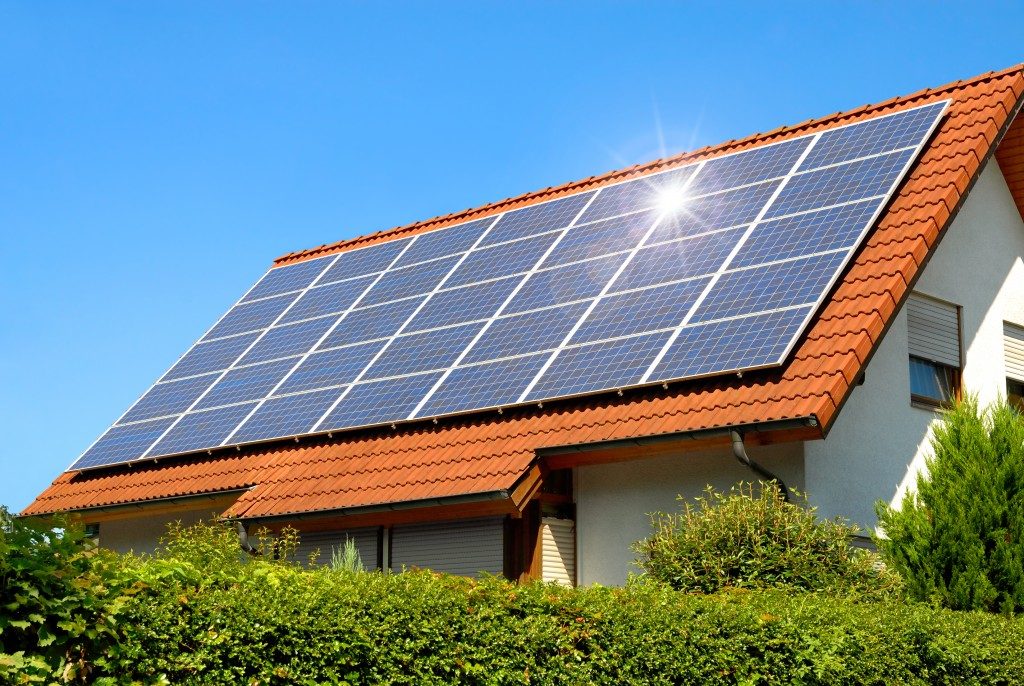A new family is set to move into the neighborhood. They’re set to build their house. The father is an eco-warrior and works as a consultant for an international NGO (non-government organization). They want an environmentally friendly home. You’re the architect and designer leading the project. Your task is to incorporate items like solar panels on the roof or a tile-leveling system for the bathroom.
Reducing home energy consumption is part of the goal. This will be one of your most significant challenges. How do you go about it? What ideas can you offer the family so that they can achieve their goals?
Here are some considerations:
A Look at America’s Energy Consumption
If you want to understand your client’s motivation to reduce energy consumption, you need to look at America’s energy utilization. The USA spent 101.3 quadrillion British thermal units (Btu) or “quads” in 2018. More than 80% of this energy is sourced from oil, coal, and natural gas. Eleven percent comes from renewable energy, and 8% comes from nuclear electric power.
Energy conservation is anchored on the call to decrease dependency on fossil fuels as a source. Renewable energy accounts for a mere 11.5 quads, and 8% of this, or 0.92 quads comes from solar power. The residential sector consumed a total of 6.9 quads in 2018.
You can understand why they want to contribute. Dependency on fossil fuels hasn’t significantly decreased, while the renewable energy numbers are so minute.

Energy Conservation Ideas
Using solar panels is one of the big-ticket items, which will help reduce energy consumption at home. A rain harvesting catchment is will also help. But there are also small initiatives every family can take.
For families, conserving energy means a reduction in utility bills. Here are some ways to achieve this:
- Use LED lights and other low consumption bulbs. They last longer and consume 25-80% energy than traditional lights.
- Turn off pilot lights or phantom loads. This means that you need to unplug electronics that have a “standby mode,” or you can use smart power strips to cut off the electricity going to your electronics. This could help save up to $200 annually.
- Install timers. Whether it’s for your air-conditioning or heater, programmable timer, which triggers the “off” function saves on cost.
- Look for the “Energy Star” label. From your dishwashing machine up to your HVAC, upgrade or install equipment with the Energy Star label. Depending on the appliance, energy reduction could be anywhere between 9% to 25%.
- Energy-efficient windows. If you haven’t installed one yet, consider replacing them. This allows you to correct or seal air leaks. Look first for the “Energy Star” label. Second, consider the location of the window. For example, the casement or sliding window is better for the kitchen sink area instead of a double-hung window.
- Let the light in. Open your curtains when there is still light. Close it in the evenings to prevent the heat from escaping.
There are more ways to save energy, like using the dishwashing machine with a full load and taking shorter baths. Doing them will help you do your part in conserving natural resources.

